In the Allegory of the Cave, Plato refers to human perception through cinematic projections of animated shadows onto a wall. Valeria Divinorum's work updates this idea using glass, a material that does not retain the light that passes through it; rather, it drags its colors and shapes. This is how we witness a changing spectacle such as a sunset, an eclipse or the formation of a rainbow. “A major theme in my work is the human connection with nature and the organic expressions that emerge from that relationship”, according to Divinorum.
There is a theatricality of forms. Much like the spectators in Plato’s Myth of the Cave, we do not look at the object itself, we see what it projects. Divinorum’s work challenges us to look beyond the projection, to widen our gaze. Locus Amoenus is a reference to the New Non-Euclidean geometries, which opened the doors of perception of hyperspace.
Text by Argentine stained glass artist Andres Jacob


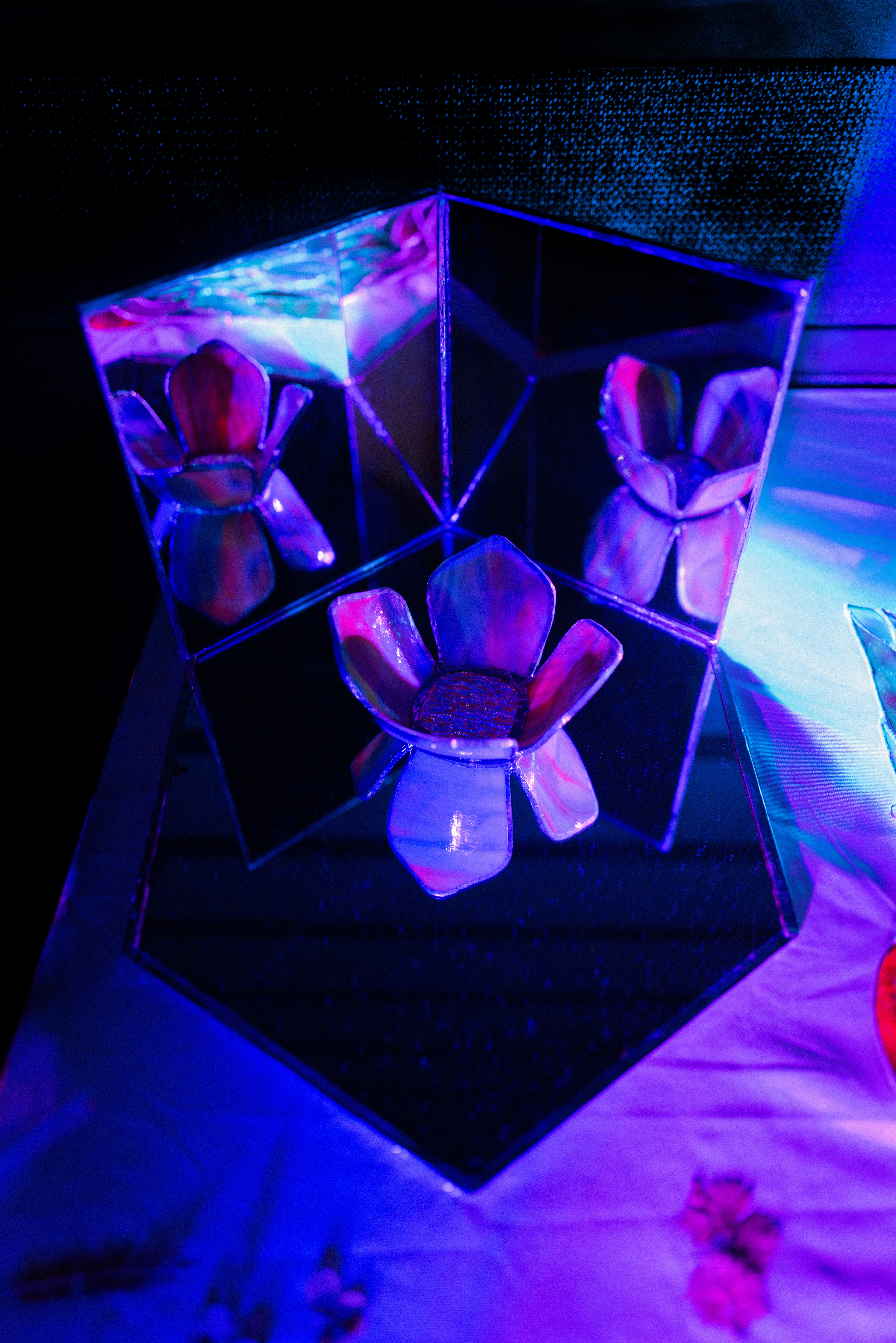

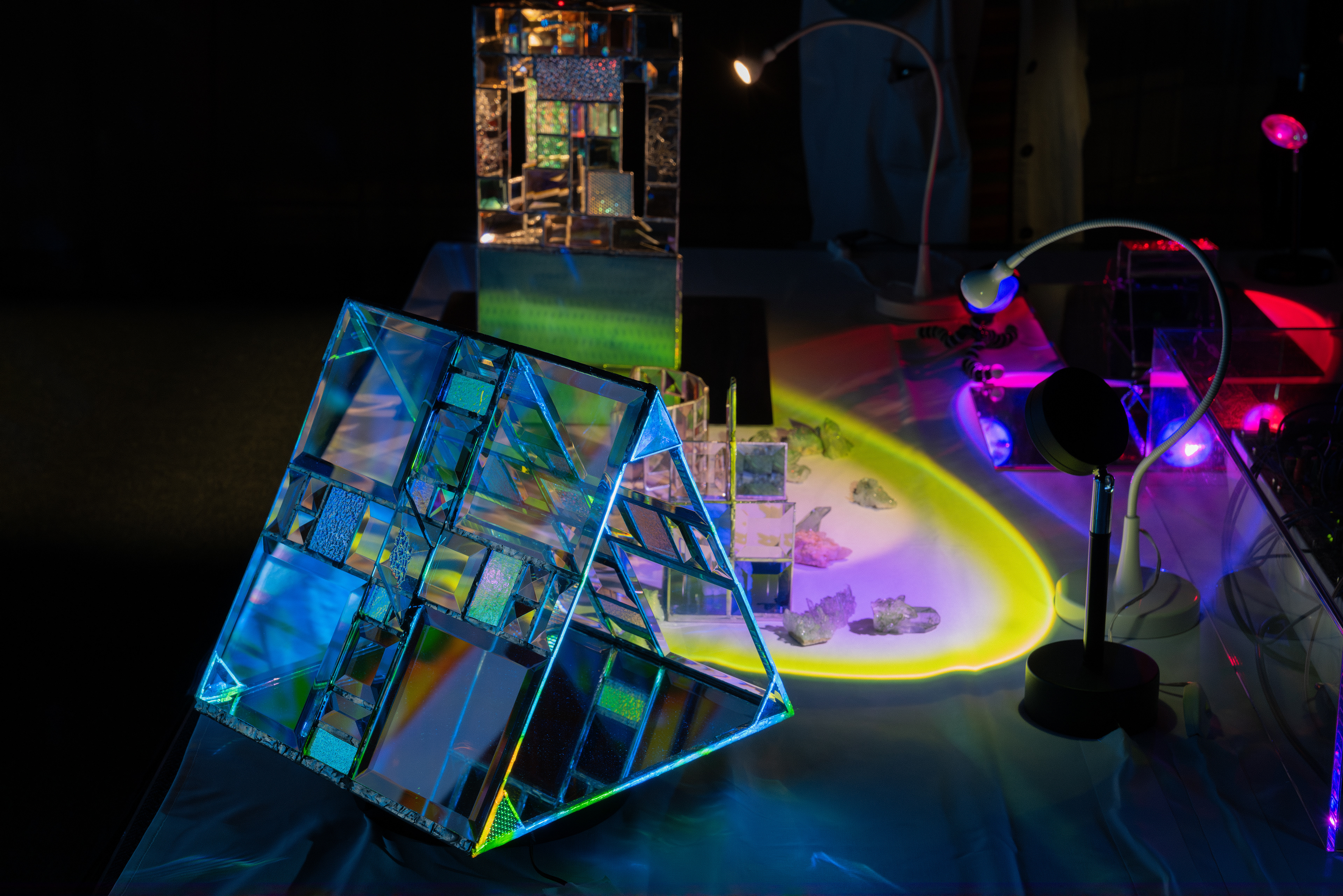

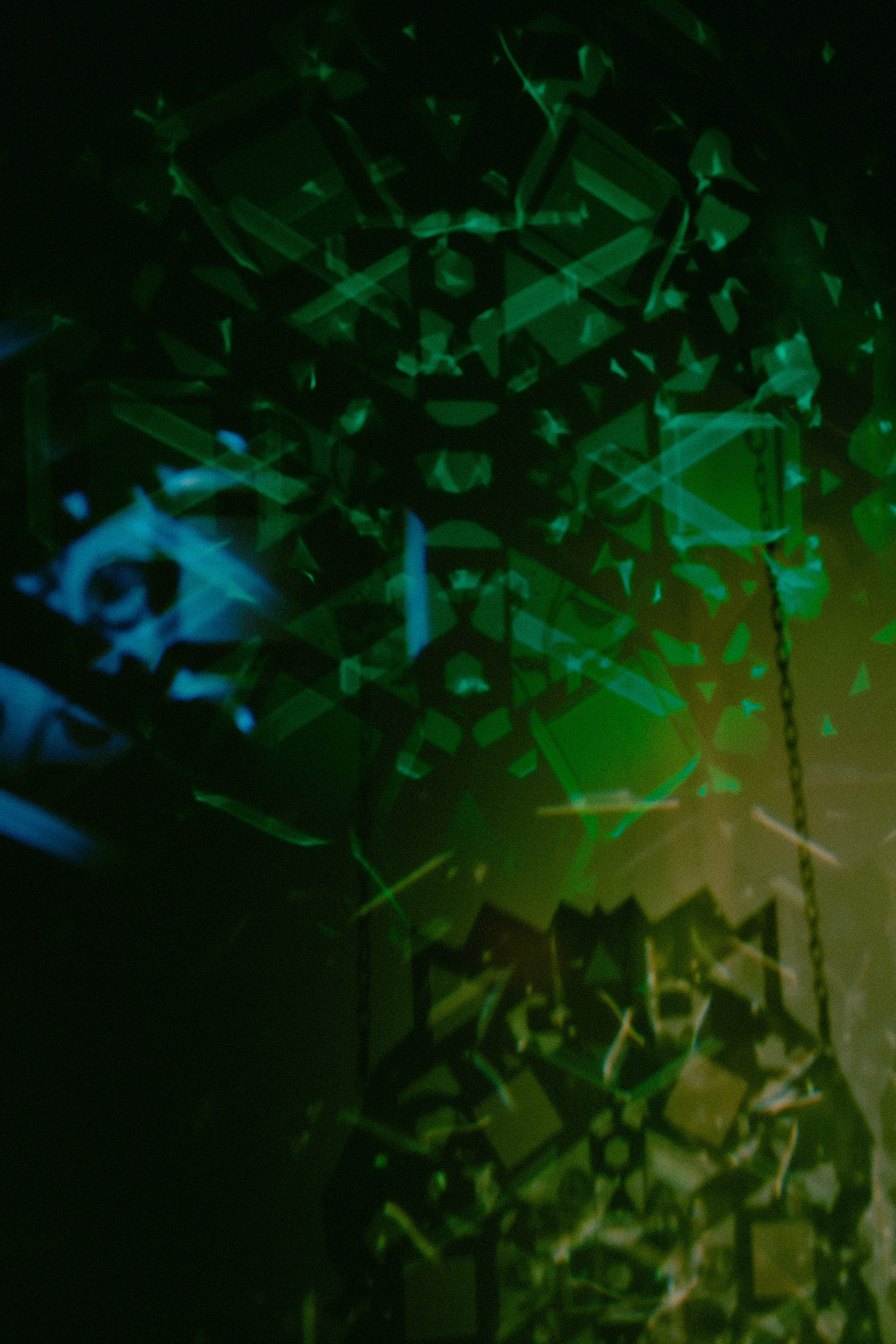

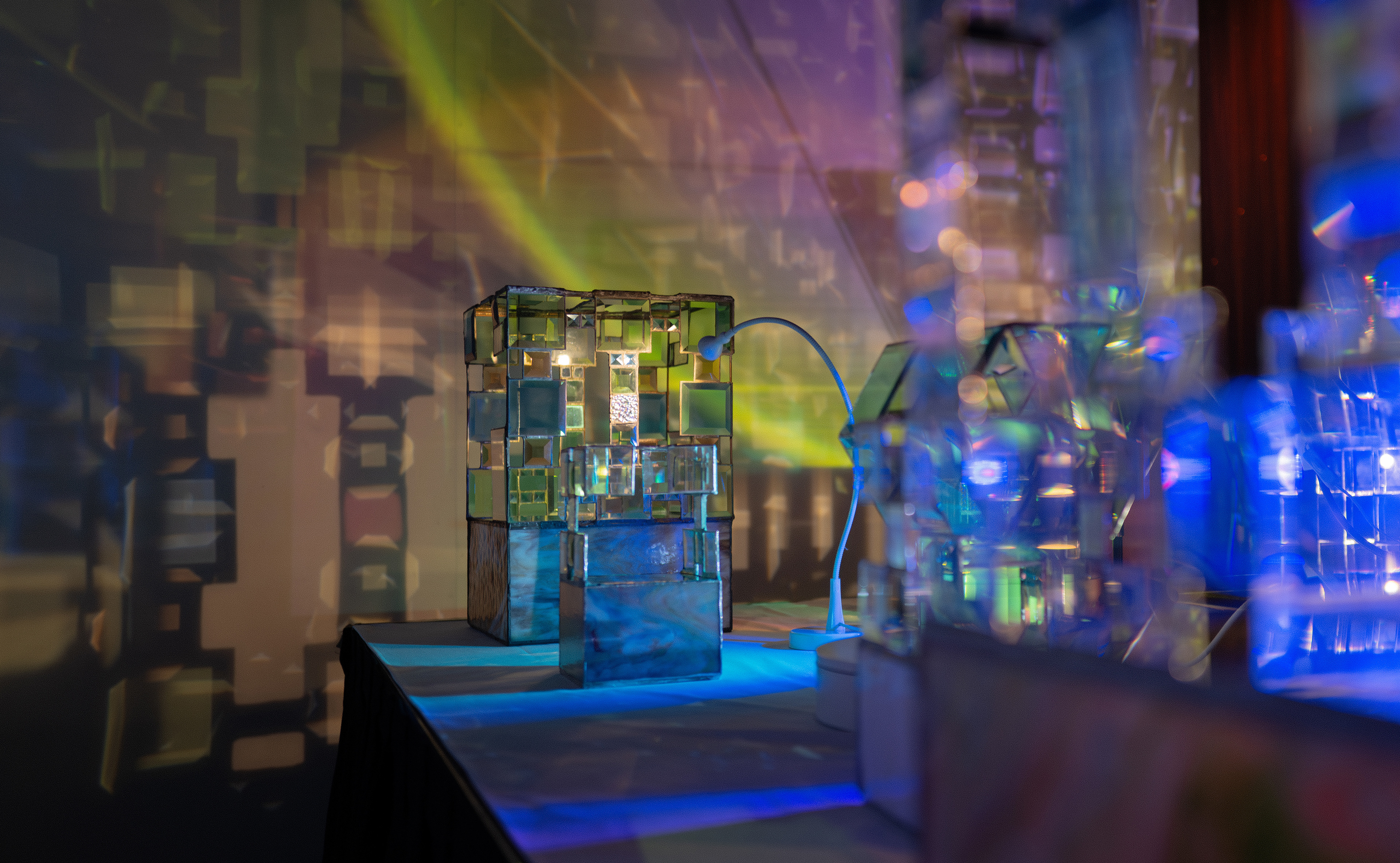
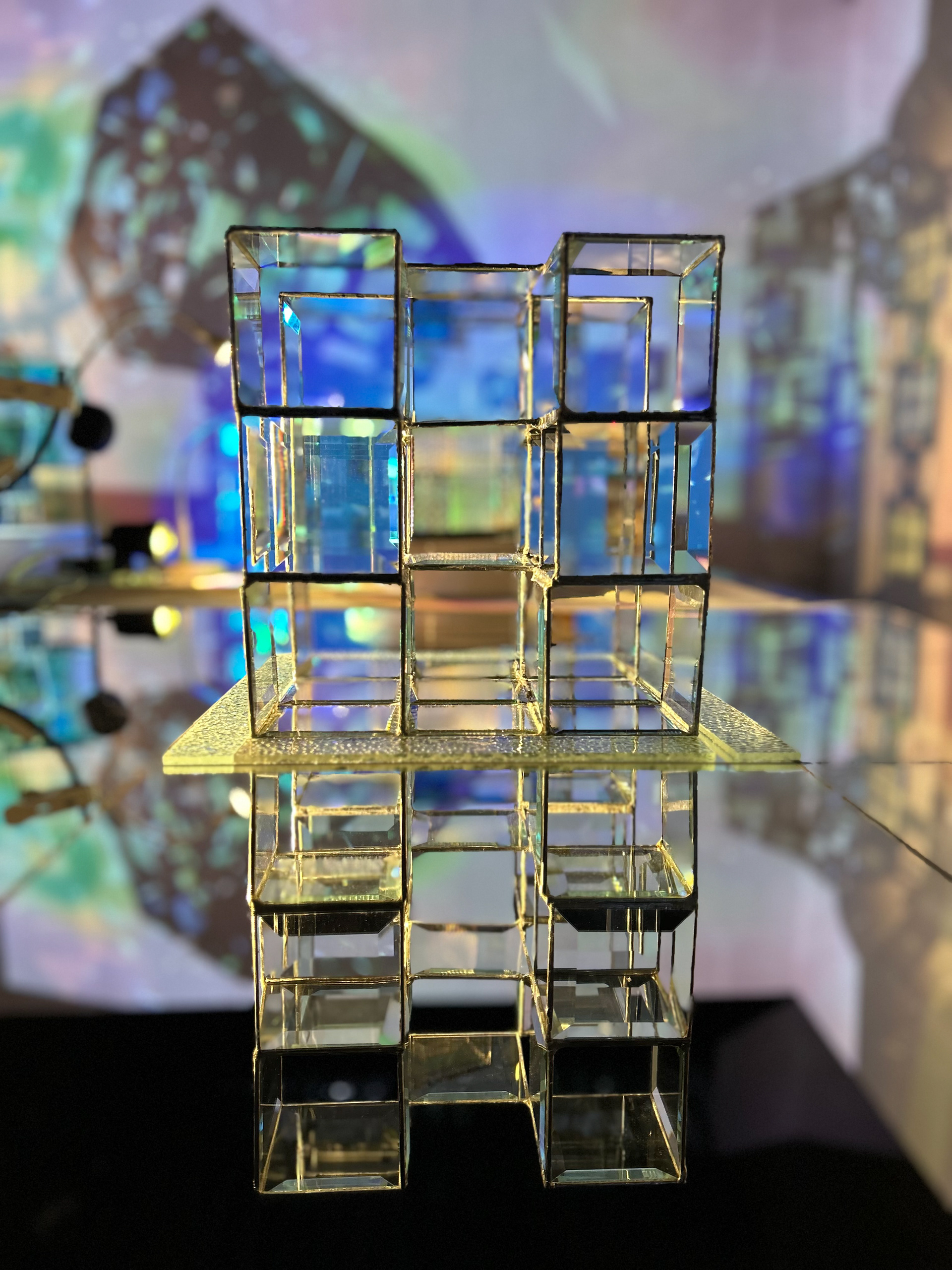

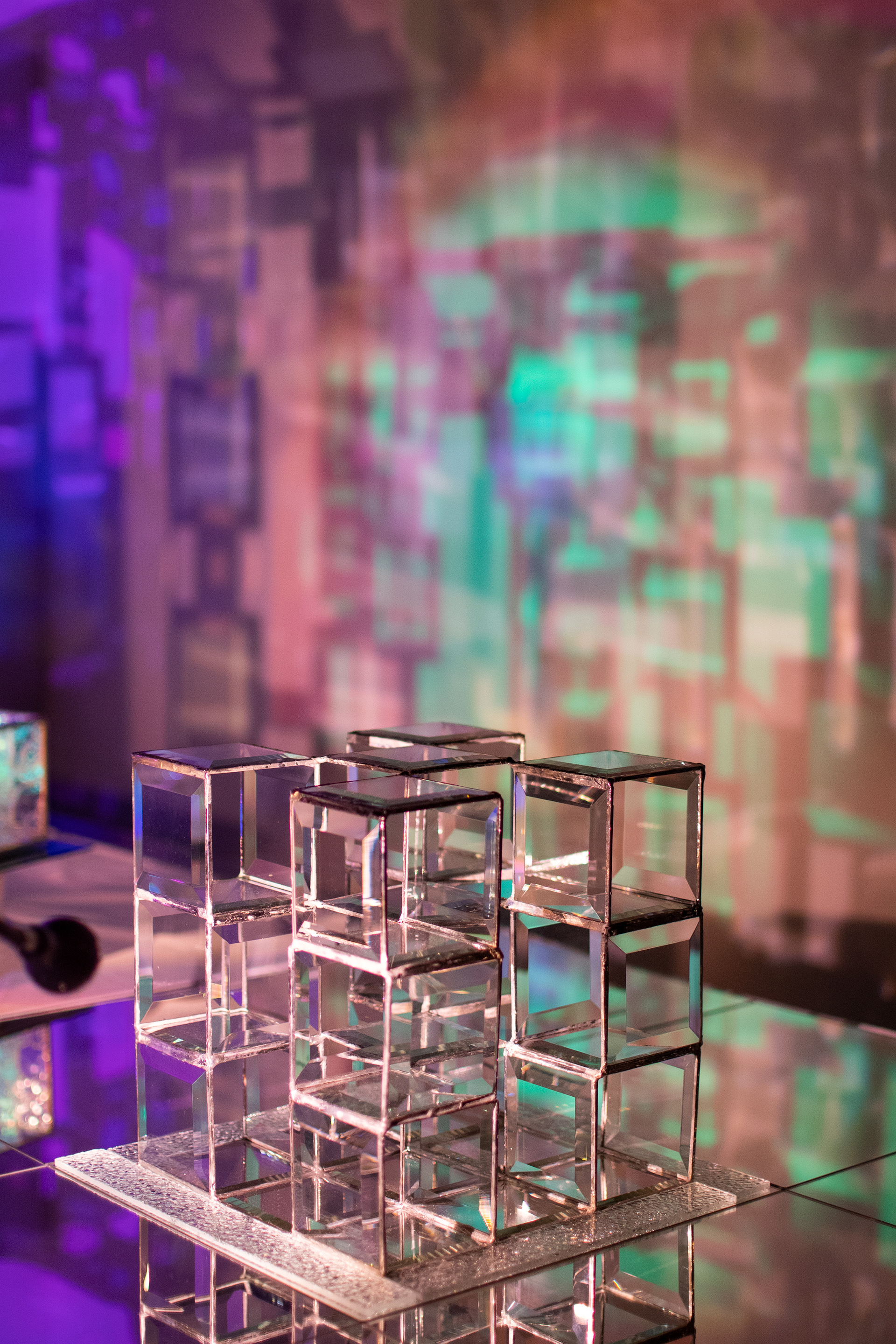

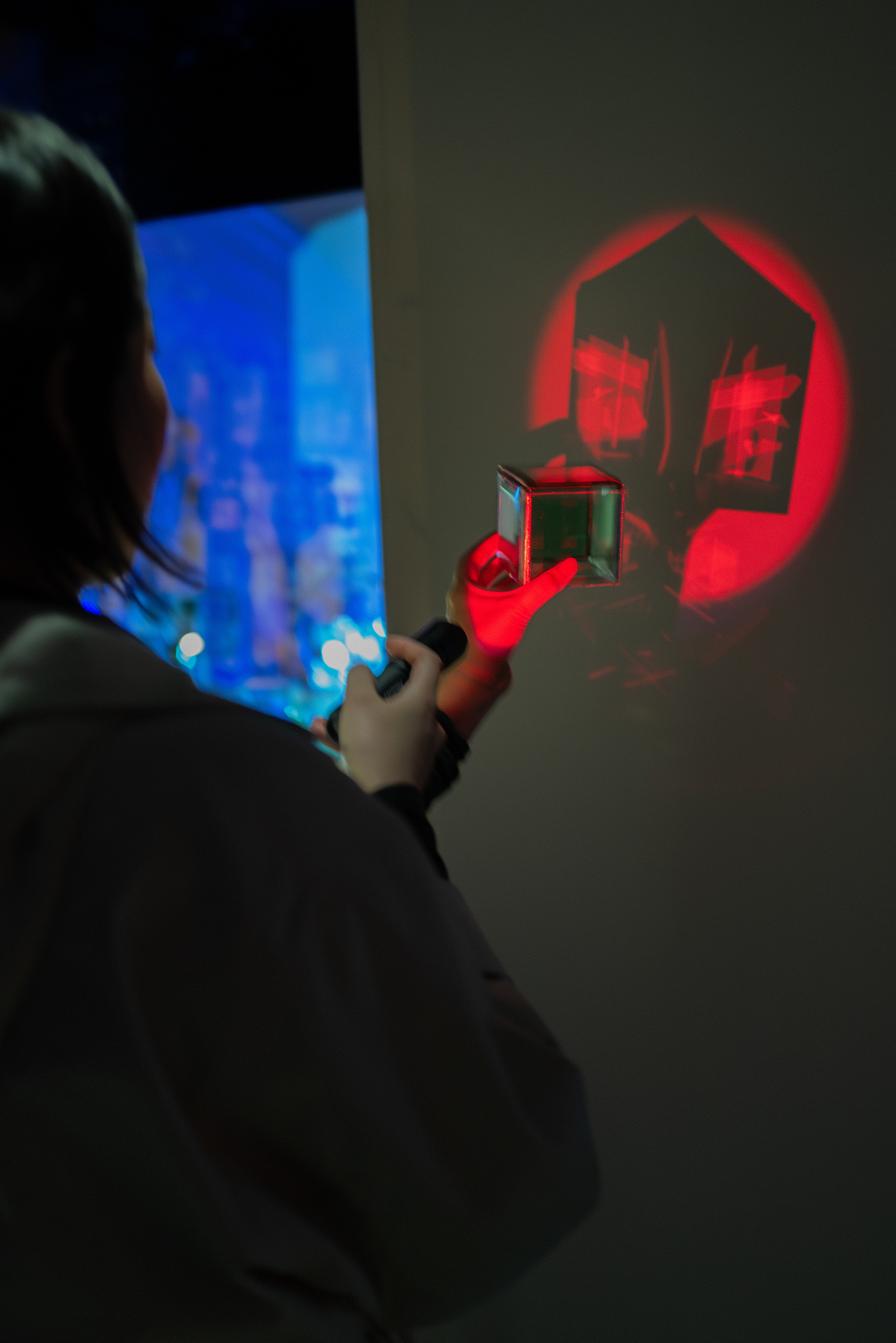
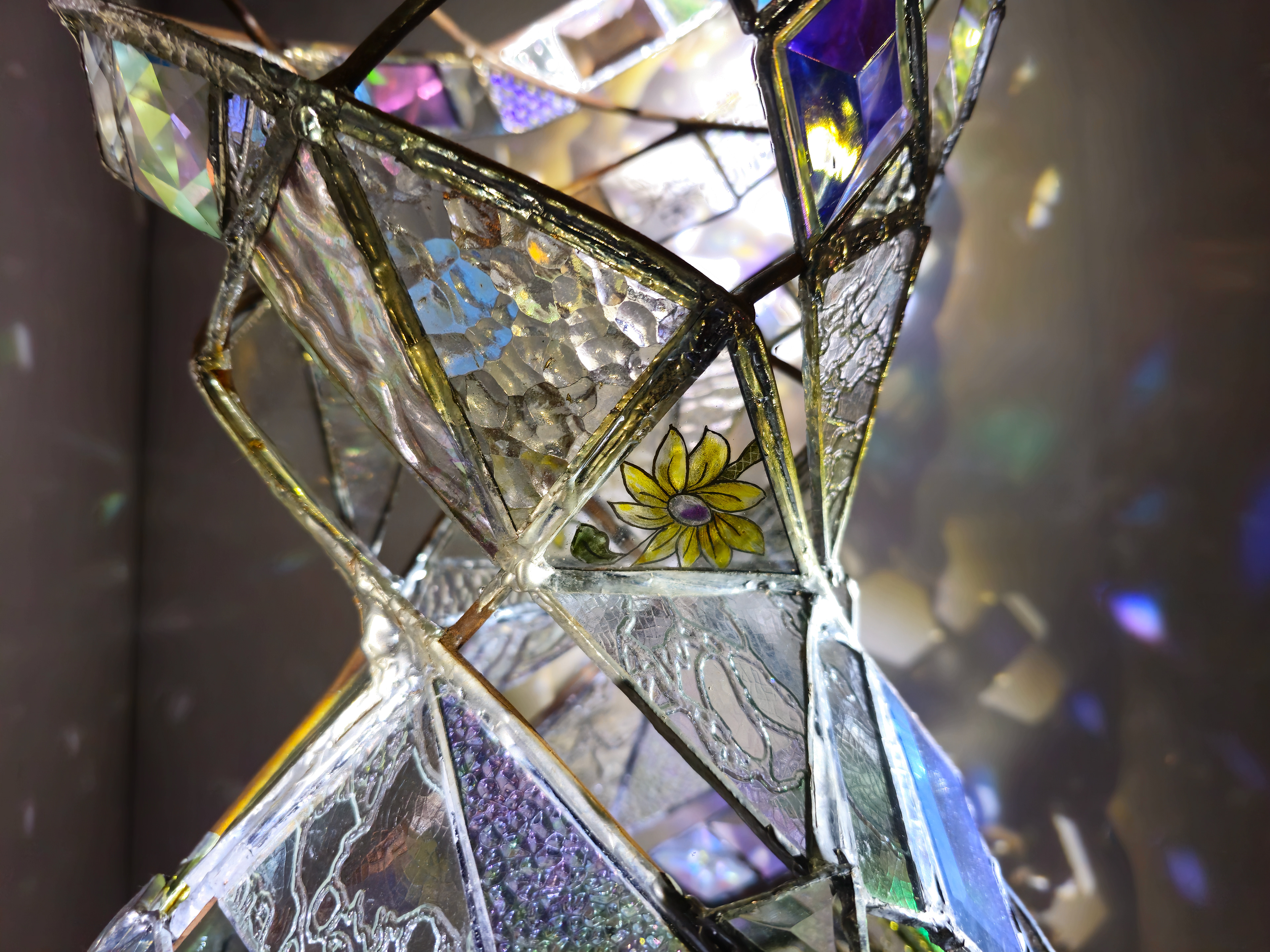
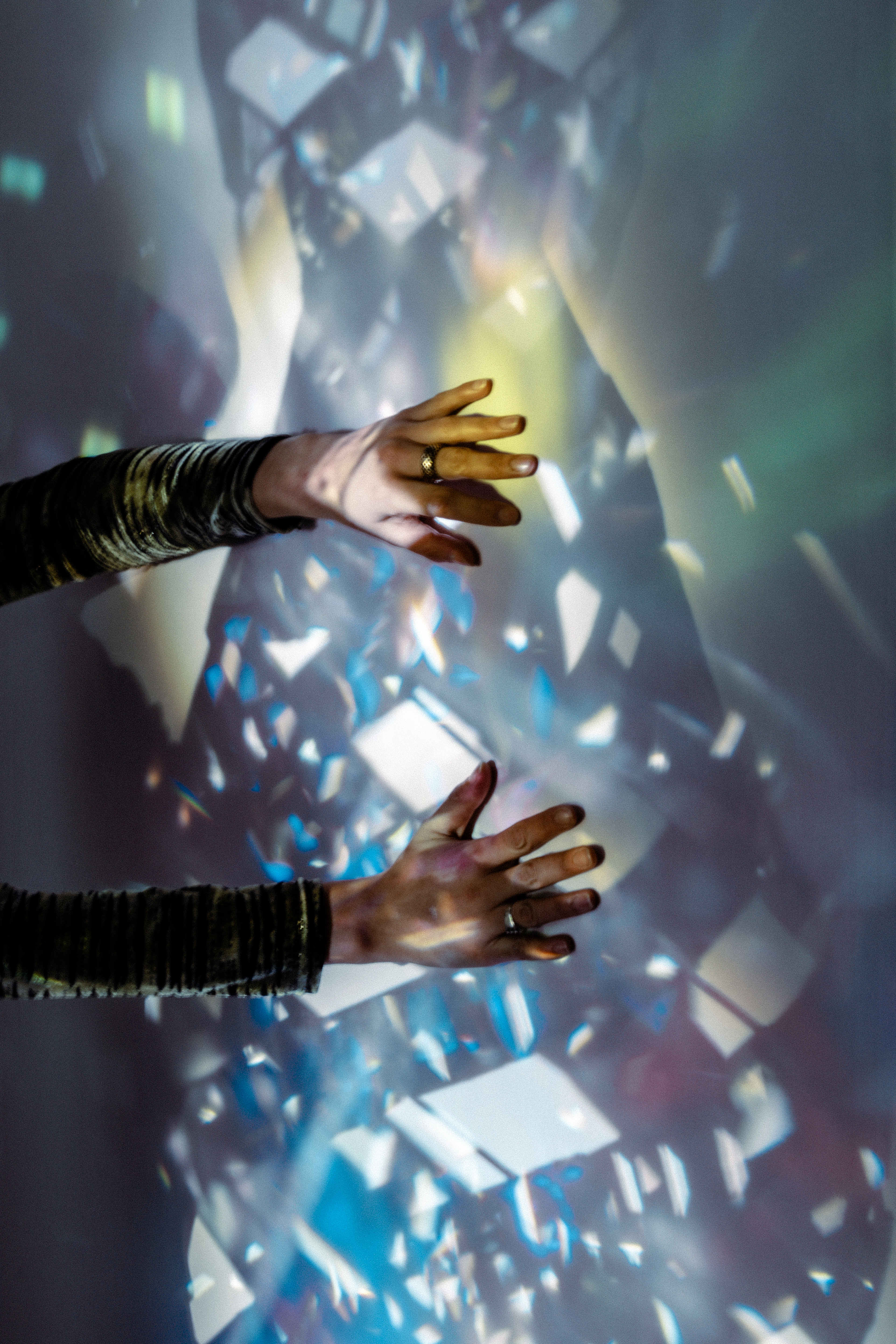
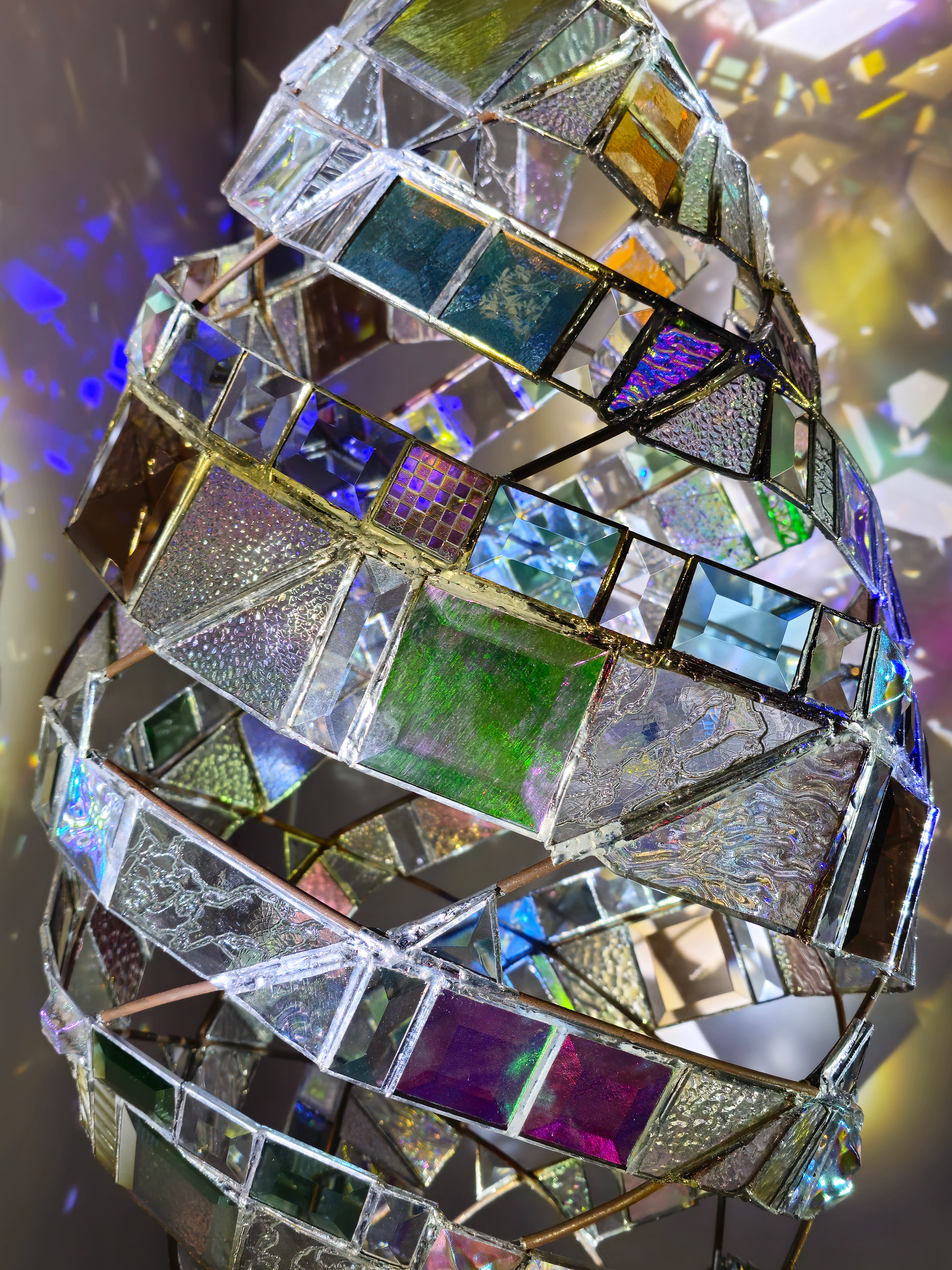
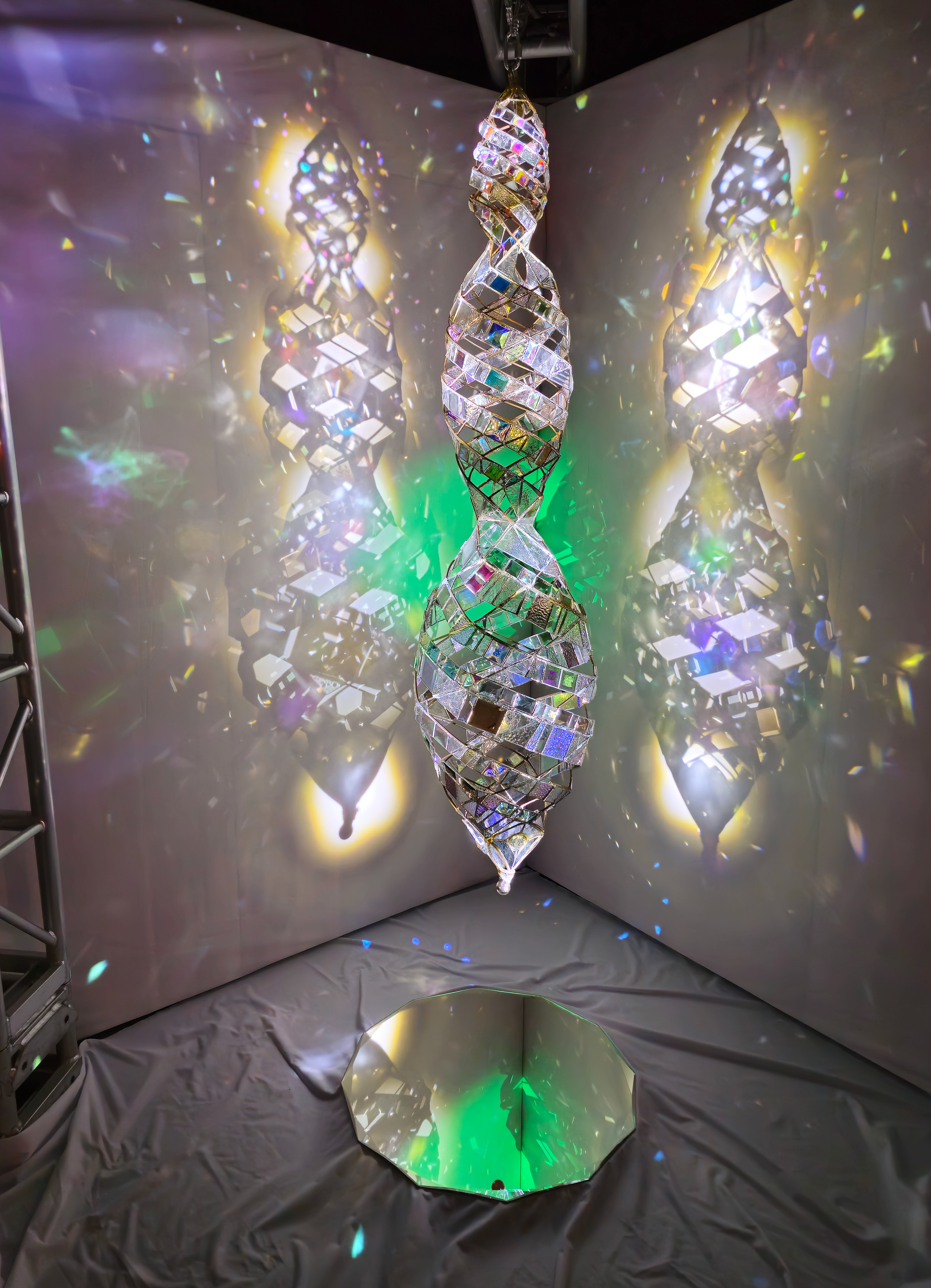

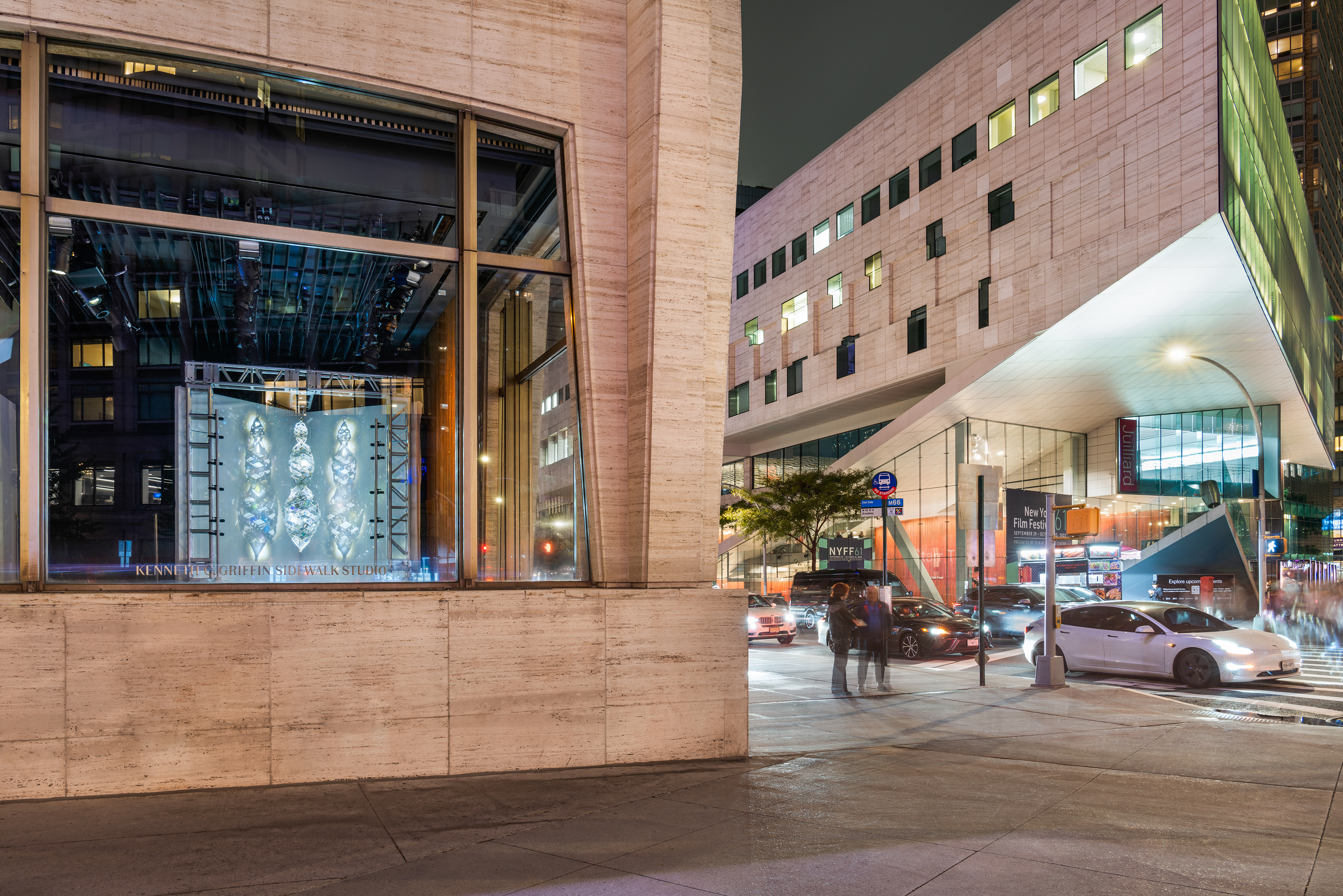
Photos by Lawrence Sumulong / © Lincoln Center - Maria La Sangre @marialasangre - Nadia Bautista @misscomplejo
Video by Ayelen Agüero
Artist & Architect: Valeria Divinorum
Design Consultant & Fabricator: Helen Blash
Engineering: Elizabeth Kneissl
Lighting Designer: Jonathan Sims
Metal Artist and Fabricator: Juniper Fe
Grisaille Paintings on Glass: Silvia Weigel Muñoz
Video Artist & Projectionist: Hunter Lombard
Curators: Mimi Lien & Itohan Edoloyi